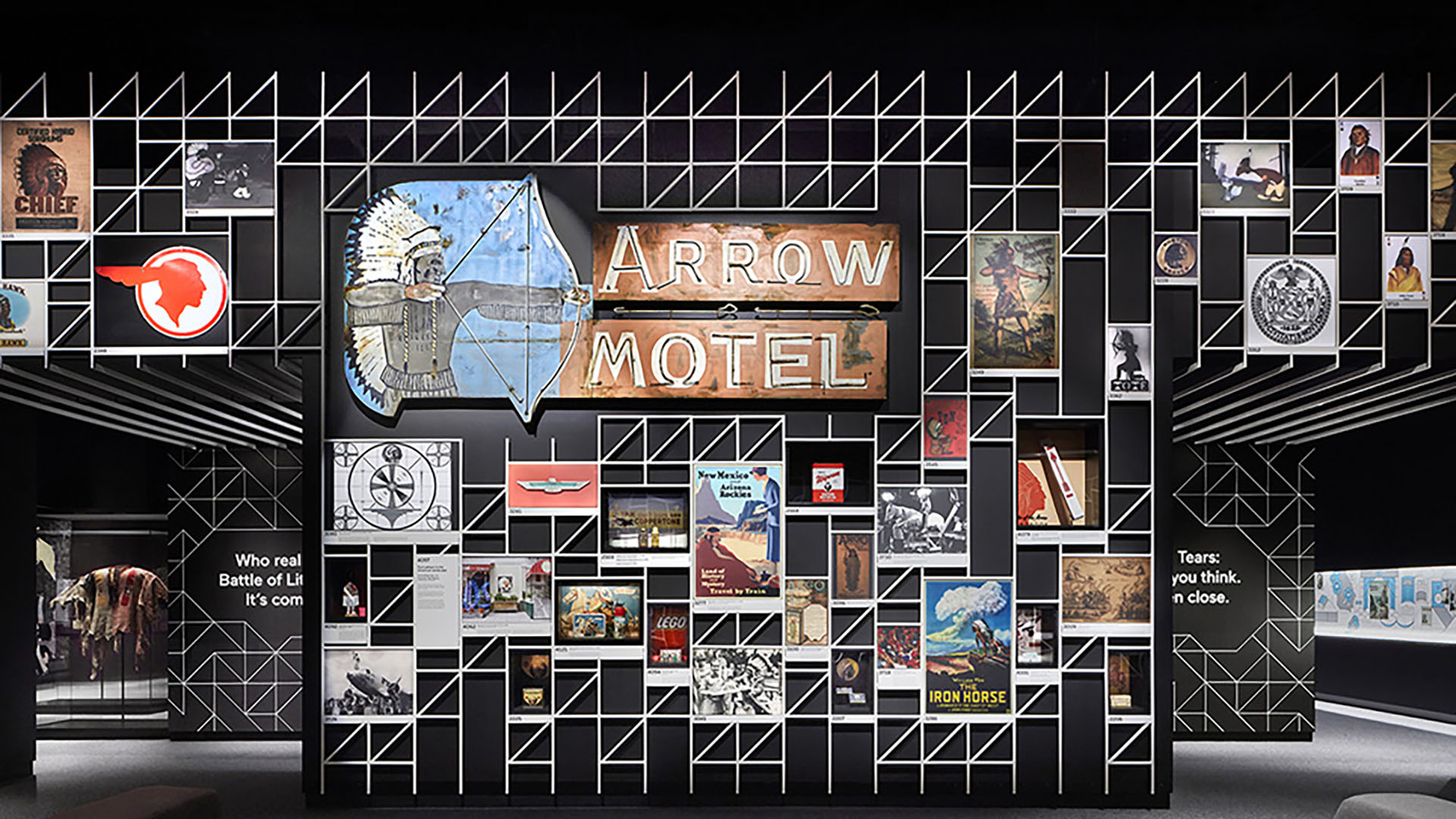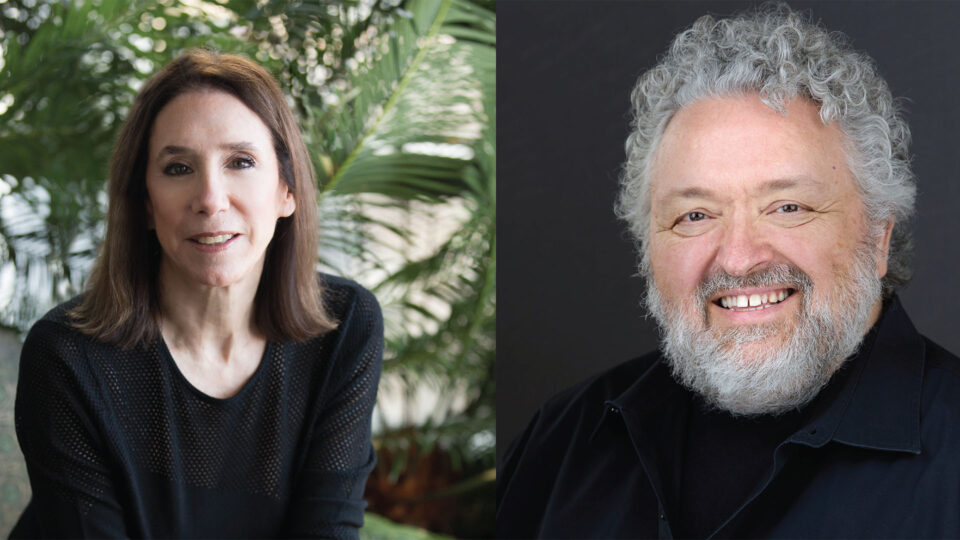Wendy Evans Joseph 2023 SEGD Fellow

Wendy Evans Joseph, the founder of Studio Joseph, is a visionary architect known for her hands-on approach and unwavering commitment to design excellence. With a deep passion for art, culture, and public education, Wendy has established herself as a leading figure in museum design and exhibition installations. At Studio Joseph, she sets the vision for each project based on specific parameters and broader societal values that talk about equity and community.
Under Wendy’s leadership, Studio Joseph has delivered a diverse portfolio of impactful public, institutional, and cultural projects. The firm creates immersive environments that foster shared learning and engagement. Wendy seamlessly integrates technology, graphic design, and materiality in elegant spatial settings. Her ability to fuse architecture with other disciplines has garnered accolades and recognition throughout her career.
Wendy’s contributions to the architectural community extend beyond her exceptional design work. She has been honored with a Rome Prize in Architecture from the American Academy in Rome and holds the prestigious title of Academician of the National Academy of Design. Actively involved in professional leadership, she has held esteemed positions such as President of the New York Chapter of the American Institute of Architects, Chairman of the AIA National Committee of Design, and President of the Architectural League of New York.
Prior to establishing Studio Joseph, Wendy spent twelve years at Pei Cobb Freed & Partners, where she made significant contributions to large-scale public, institutional, and cultural projects. She received her Bachelor’s degree from the University of Pennsylvania and pursued her Master’s in Architecture at Harvard Graduate School of Design. She is a LEED Accredited Professional reflecting her dedication to sustainable design.
With her keen design sensibility, unwavering dedication to artistic and educational imperatives, and forward-thinking approach to the architectural practice, Wendy Evans Joseph continues to shape the industry and leave a lasting impact through her transformative work at Studio Joseph.

Eduard Hueber

Thomas Loof, Studio Joseph
How did you get started in design, and what set you on your professional path?
Architecture offered the perfect connection between my innate ability with math and my passion for drawing. I started my studies at the University of Pennsylvania, where the philosophy was based on the idea of man living with nature. Our way of thinking about design was that of no boundaries between disciplines—architecture, landscape design and interiors are part of one continuum. This early education served as the basis for how I navigated my professional path. We were taught by landscape architects, planners and architects in a collaborative studio experience.
After finishing at Penn, did you start working, or did you go back to school?
After Penn, I worked for a design firm and then pursued a master’s degree in architecture at Harvard. Upon graduation, I joined the office of I.M.Pei (PCF), where I remained for 12 years.
At PCF, I worked on large-scale buildings and skyscrapers. But the pivotal moment in my thinking about architecture came when I worked on the Holocaust Memorial Museum as the lead designer. It made me realize that architecture is not mute; it can talk to the human experience. From then on, I only wanted to be involved in projects that supported my values and would reflect my design ethos.
Do you consider yourself an architect or an experience designer?
I am an architect, but my practice of architecture goes beyond just making buildings. It embraces societal values, the environment, and storytelling. I see architecture as a way of thinking about design that navigates all facets of the constructed world. In my practice, Studio Joseph, we are both a traditional architecture firm and an experience design studio. The two disciplines are intertwined, informing each other.
Can you share some projects that you are most proud of?
One project I am proud of is “Starlight,” an installation at the Museum of the City of New York. This large light installation reflects the institution’s classically iconic and modern aspirations. Another project is “Senses: Design Beyond Vision” at the Cooper Hewitt Smithsonian Design Museum. The exhibition highlights the real meaning of accessibility, exploring all human senses. These projects changed the way we practice.

Thomas Loof, Studio Joseph

James Newton
What drives your practice and interests as a designer now?
My goal is to work on projects with strong cultural or educational imperatives that support anti-racism and acknowledge our past. I like bringing people from diverse backgrounds into leadership. I want to make a difference by exploring what makes us who we are. With José-Luis Vidalón and Monica Coghlan, we focused on building a firm with broadened in-house capacity for fabrication and media concepting. We are rethinking our role in the design process, being involved from day one, and engaging in community sessions to the last detail.
How does your firm maintain a high standard of design excellence on all projects, even those with small budgets?
Thank you for recognizing our efforts. It’s true that many of our projects don’t have the luxury of major funding. However, we’ve been known for doing a lot with a little, creating something unexpectedly special. We focus on non-traditional materials and ways of building that are more efficient. Our approach involves making one or two strong visual and emotional connections with the visitor. We rely on trusted fabricators, experimenting with new printing methods and techniques, and ensuring thorough testing before building. This allows us to manage resources effectively while still delivering the effects the curators require.
Given the evolution of architecture, museums, and what we now refer to as experience design, what is your hope for the future of our field of practice?
I am very optimistic and ambitious for the future. We are facing significant global issues like environmental crises and social inequalities, revealing the fragility of humanity. I believe the way forward is through education and experiential design. This involves creating spaces for learning outside the traditional classroom, telling untold stories and histories, and fostering empathy and community engagement. We must ensure our designs are sensitive and accessible to people of all abilities.
What role does SEGD play in fostering the type of collaborative and innovative work that you advocate for?
My experience with SEGD has been a revelation of collegial spirit, where professionals with different skill sets come together. Unlike the world of architecture, which often emphasizes individual creation, SEGD fosters an atmosphere of collaboration within the profession. It’s a supportive community that encourages us to work together. I see tremendous potential for what we can accomplish in the coming years under the auspices of SEGD. The society has already made a significant impact in its 50 years, but I believe we are just scratching the surface of what can be achieved.
-
The 2023 SEGD CLASS OF FELLOWS

The 2023 SEGD CLASS OF FELLOWS
-
2023 SEGD Achievement Awards Recap

2023 SEGD Achievement Awards Recap